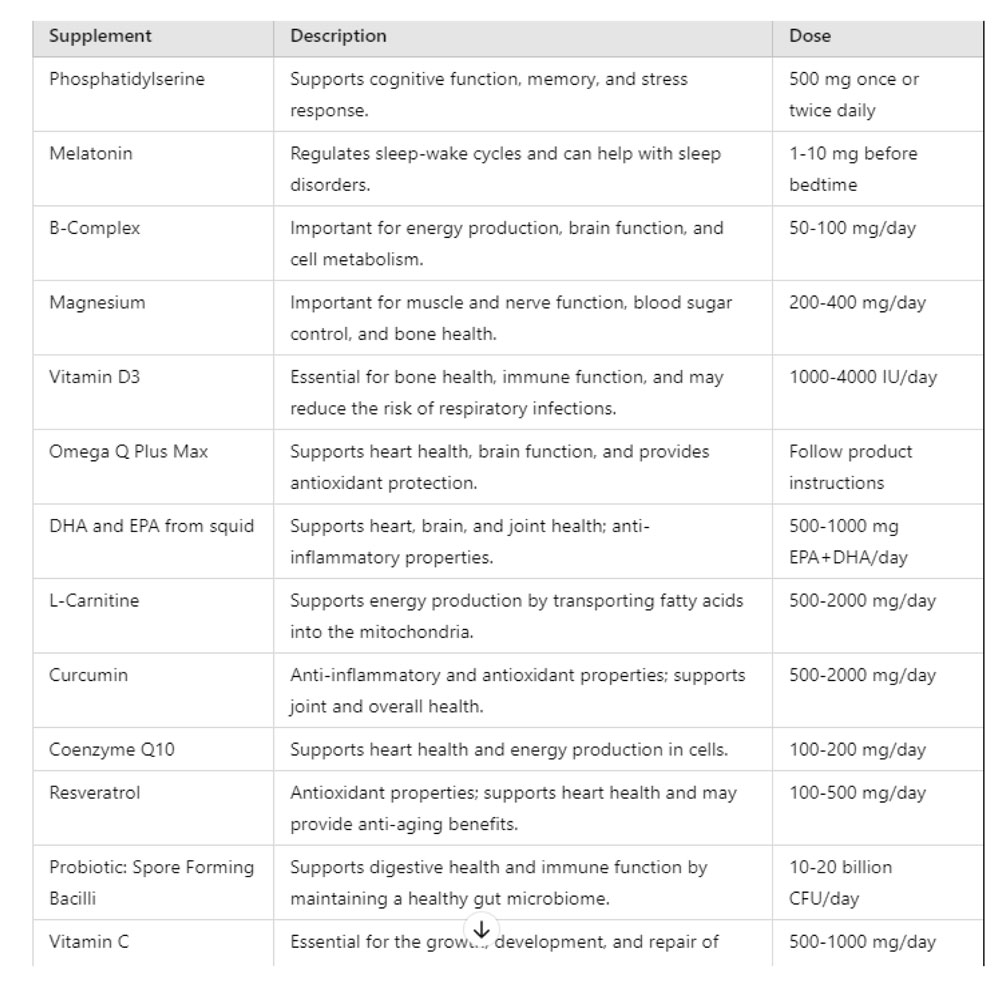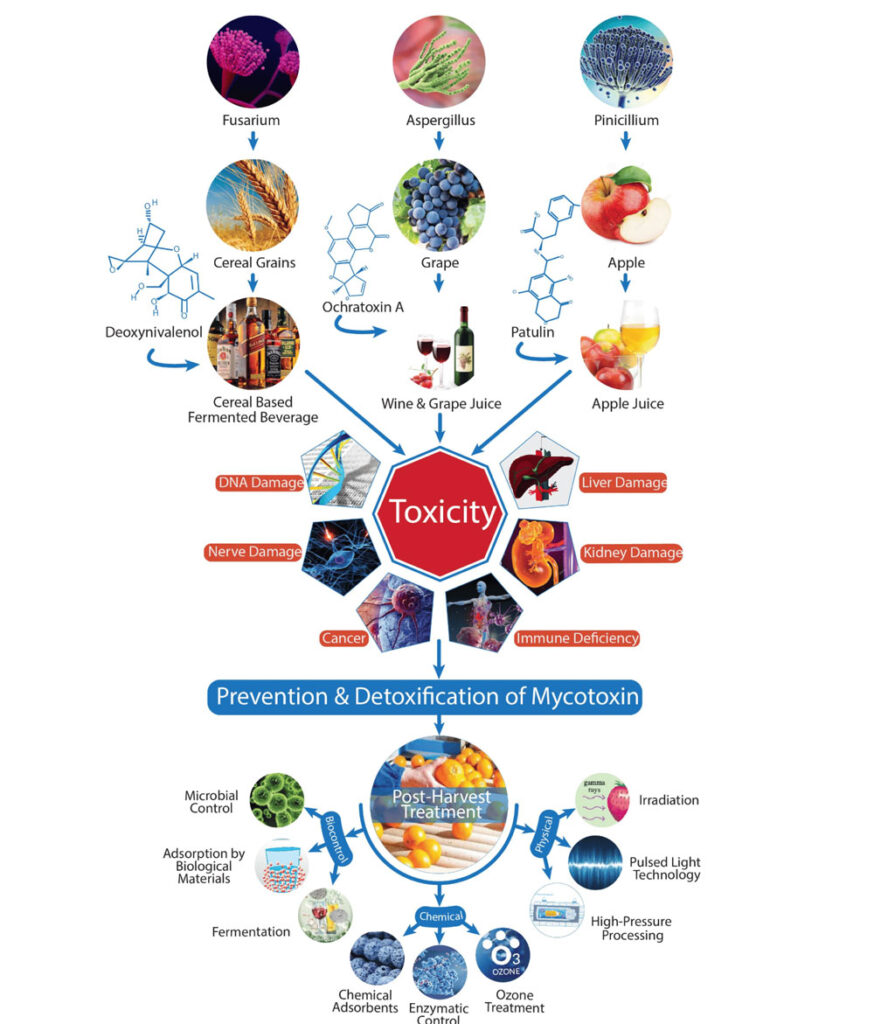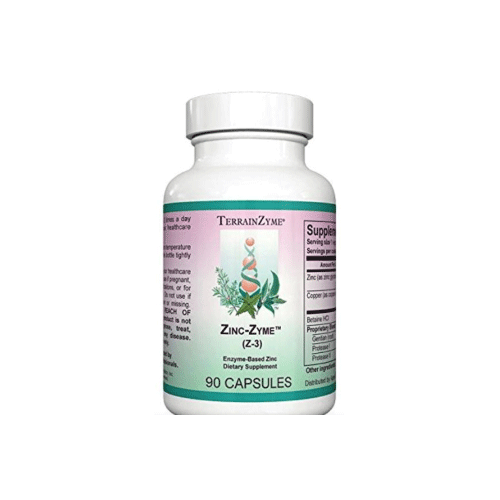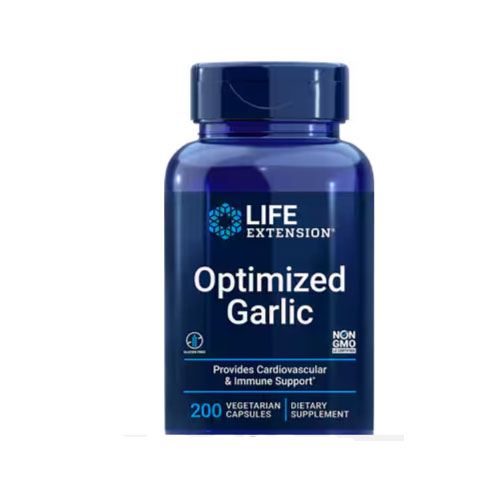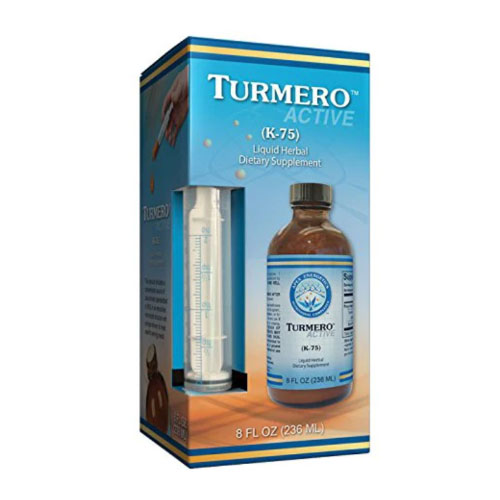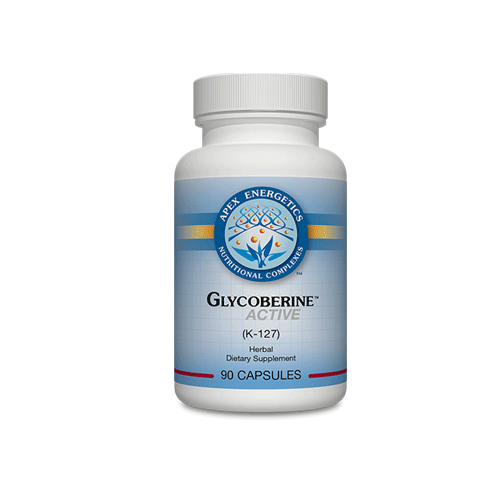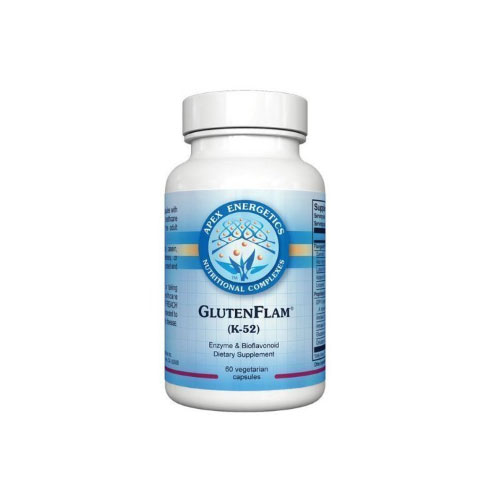First and foremost, apply the first rule of toxicology: get the patient away from the toxin or the toxin away from the patient.
Second: simultaneously build up the im1nune syste1n while killing the fungi.
- Diet
- Probiotics: use spore-forming bacilli.
- Boosting the immune system: immunotherapy with nutrients, vitamin D3 and B complex, magnesium, omega 3’s, CoQ l 0, zinc, melatonin, and others.
- Anti-fungal treatment: systemic and/or intranasal
- Phosphatidyl serine
- Infrared sauna: start low and go slow.
- Nitric oxide,
Studies in humans show the following benefits from Bacillus spores:
- Effective treatment for small intestinal bacterial overgrowth (SIBO).
- Reduced incidence of irritable bowel syndrome diarrhea.
- Improvement in pain scale in Rheumatoid arthritis patients.
- Immune modulation for childhood allergies.
- Immune stimulation of peripheral T-lymphocytes and B lymphocytes.
DIET
Regimen with Brain Involvement
Nitric Oxide 2/d
Magnesium glycinate 1000 mg 3x/d
Melatonin 1.5 mg XR/IR 2 Hours before bedtime
Omega 3 Fatty Acids 1000 mg 2-4 times/d
CoEnzyme Q 10 100 mg 2x/d
(Longevinex)-Trans-Resveratrol
Phosphatidyl Serine 500 mg 2x/d (BioPC)
Itraconazole 100 mg 2x/d Minimum of 28 days. Decrease to 100 mg after 28 days. Use up to 6
months or until symptoms clear (RX Walgreens)
Methylate B Compex 2x/d
Preventative Measures for Mold Growth and Remediation Guidance
Controlling moisture levels is essential to preventing mold growth. Fix leaks in pipes, roofs, and windows. Properly ventilate areas of high humidity, such as bathrooms, kitchens, and basements. Regular inspection and maintenance of HVAC systems help prevent mold growth by ensuring proper airflow and humidity control.
Remediation includes addressing existing mold. Professional removal and replacement of mold-infested materials, with mold-killing solutions, and ensuring that affected areas are thoroughly dried is essential.
Prevention
1. **Moisture Control** Repair leaks in pipes, roofs, and windows. Dehumidifying damp areas and ensuring the home’s humidity below 50% helps prevent mold growth.
2. **Ventilation**: Enhance air circulation by using exhaust fans, particularly when cooking, dishwashing, or bathing. Opening windows when weather permits can also help reduce moisture.
3. **Waterproofing**: Applying waterproof sealants in areas like basements and around windows can prevent water from seeping into these vulnerable areas.
Remediation
1. **Identifying Mold**: It can be important to recognize the type of mold, as some types may require specific handling techniques. Common household molds include Cladosporium, Penicillium, and Aspergillus.
2. **Safe Cleaning**: For minor mold issues, cleaning with water and detergent may be sufficient. Bleach can be effective for non-porous surfaces but must be used cautiously due to the toxic fumes.
3. **Professional Remediation**: Professionals can assess the extent of mold damage and use advanced techniques and tools to remove it safely, especially in large infestations or when dealing with dangerous molds like black mold (Stachybotrys).
Post-Remediation
Ensuring that the area remains dry and well-ventilated after remediation is crucial to prevent the mold from returning. Regular checks of the remediated area can help catch any recurrence early.
Mold and Mycotoxin Summary
Insights
● Molds represent a group of fungi that proliferate through the development of long, thread-like structures, known as hyphae, and are notorious for producing mycotoxins, substances that can be detrimental to human health.
● Among the plethora of molds encountered in indoor environments, notable ones include Penicillium, Aspergillus, Cladosporium, and Stachybotrys. Each of these molds comes with its specific set of health hazards, underscoring the need for awareness and preventive measures in everyday living spaces.
● The health implications of mycotoxins are vast and varied, ranging from mild symptoms such as nasal congestion and irritation to severe health threats like liver carcinomas. The type and severity of symptoms largely depend on the specific mycotoxin involved.
● To accurately diagnose exposure to mold and mycotoxins, a combination of methods is employed. This includes air and swab tests to detect the presence of mold spores in the environment, alongside urine and serum tests designed to identify mycotoxins within the body.
● Addressing the issue of mold and mycotoxin exposure entails a multifaceted treatment approach. Initial steps involve removing the individual from the contaminated environment to halt further exposure. Subsequently, efforts are made to bolster the immune system, equipping the body to better handle the toxins. The treatment regimen may encompass specific interventions targeting molds and mycotoxins, utilizing antifungal medications along with other therapeutic options aimed at detoxification and recovery.
● Preventative strategies play a crucial role in mitigating the risk of mold proliferation. Key measures include ensuring proper moisture management, enhancing air circulation through adequate ventilation, and applying waterproof solutions in susceptible areas of a structure to create an unfavorable environment for mold growth.
● For individuals adversely affected by mold and mycotoxins, a tailored remedial protocol is often necessary. This could involve dietary modifications to eliminate or reduce exposure to potential dietary mycotoxins, adjustments aimed at restoring hormonal equilibrium, and the administration of specific drugs or nutritional supplements to counteract the harmful effects of mycotoxins and facilitate holistic recovery. Biological Characteristics and Types
● Molds are part of the fungi kingdom, distinguished by their ability to grow in filamentous structures known as hyphae. These hyphae cluster together to form a network called a mycelium, serving as the vegetative growth stage of the mold, which thrives on organic matter in both indoor and outdoor settings.
● Mycotoxins are toxic secondary metabolites produced by certain molds under specific conditions, notably in warm and humid environments. Not all fungi produce mycotoxins, but those that do can have severe effects on human health. Common Indoor Molds
● Penicillium, Aspergillus, Cladosporium, and Stachybotrys are frequently encountered in indoor environments, each associated with specific health threats. For instance, Aspergillus species can produce aflatoxins, known for their carcinogenic properties.
Health Impacts
● Short-term exposure to mold and mycotoxins can result in symptoms ranging from nasal congestion and eye irritation to more severe allergic reactions and respiratory distress.
● Long-term exposure has been linked to more serious health conditions, including immune deficiency, neurological impairment, chronic diseases, and specific types of cancer.
Diagnostic Approaches
● Air and Swab Testing: Methods to identify the presence and concentration of mold spores within an environment.
● Urine and Serum Testing: Techniques employed to detect mycotoxins in the body, offering insights into recent and chronic exposures, respectively.
Treatment Modalities
● Removing the individual from the contaminated environment is paramount. Subsequent steps involve detoxification efforts, bolstering the immune system, and addressing any diagnosed health conditions.
● Prescription Treatments: Include antifungal medications and other specific pharmaceuticals aimed at treating symptoms and health issues resulting from exposure.
● Non-Prescription Approaches: Diet modification, use of probiotics and other supplements to support immune function, and lifestyle changes including the use of infrared saunas for detoxification.
Prevention and Remediation
● Moisture control, ventilation, and waterproofing are critical to prevent mold growth.
Recommendations for remediation emphasize safe cleaning practices and professional
intervention for extensive contamination.
● The importance of dietary considerations, particularly the avoidance of foods prone to
mold and mycotoxin contamination, is highlighted as a preventive measure.
Dr Clearfield’sSupplements for Mold/Mycotoxins
Take these 8 Supplements //
1. Phosphatidyl Serine 500mg 1-2 @ bedtime
2. Melatonin 1.5 mg xr/ir (Long and short-acting to get to sleep and stay asleep)
3. Methylated B Complex Supemethyl SP from Apex Energetics 1-2/d
4. Magnesium Glycinate 100-800 mg for muscle pain and fatigue
4a. Magnesium taurate 100-400 mg for sleep
5. Vitamin D3-Titrate to 50-80 ng/dL (Typically 5000 IU with 45-90 mcg Vitamin K
6. Omega Q Plus Max-DHA and EPA from squid 1000 mg 2x/d
7. L-Carnitine-500 mg/d-Breaks down fat and glucose into energy
8. Curcumin 500 mg 1-2 in am 1-2 in pm
9. Coenzyme Q10 100 mg + !00 mg per risk factor (CAD, hyperlipidemia, etc.)
10. Trans-Resveratrol -in combination with cyclodextrin Longevinex brand)
11.. Pre, Pro, and Postbiotics : Spore Forming Bacilli Dr. Ohhira’s Probiotic combo
12. Vitamin C 1000-5000 mg depending onsymptoms
